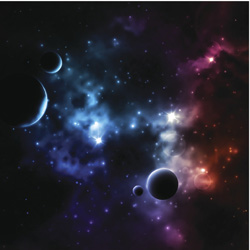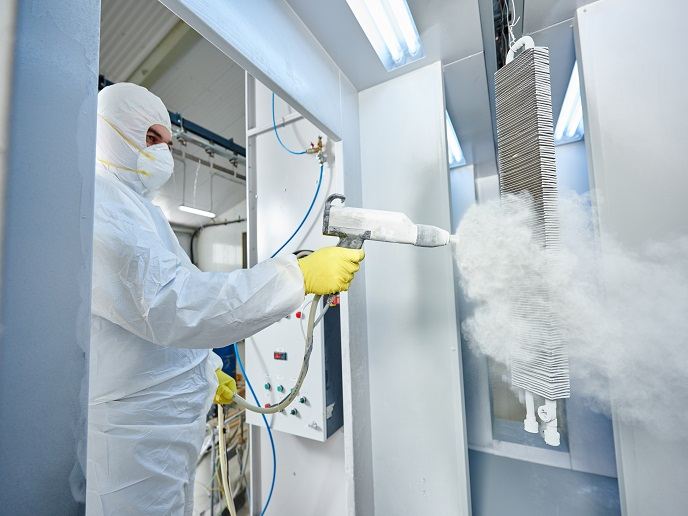Schrodinger's cat in space
The project 'Quantum optomechanics for fundamental experiments in space' (QOFES) investigated the regime between the classical and the quantum world by exploiting the microgravity environment of space. Newton's famous Laws of Motion, the foundations of classical mechanics, are completely deterministic and based on studies of macroscopic objects. Knowing the position and velocity of a particle at any given time, one can calculate all past and future positions. A couple hundred years later, Schrodinger's wave equation for matter accounted for observations relating to the dual particle-wave nature of light and matter. It describes a particle's trajectory as a probability density and forms the basis of quantum mechanics. Quantum mechanics and Einstein's General Theory of Relativity conflict when it comes to the former's concept of superposition. Quantum mechanics says an object can be in two states at once but relativity says an object is forced to adopt one state or another. Quantum theory has been well-tested and confirmed with great accuracy on the smallest scale with photons where gravity is non-negligible. It must be shown with more massive objects to be generally true. QOFES set out to make it happen. Scientists developed a protocol, the MAQRO proposal, to test quantum superposition in space. It exploits nanospheres levitated in optical trapping potentials and the microgravity environment of space. The experiment enables testing of objects on a more massive scale. It also eliminates the confinement of mechanical support of the object and facilitates an environment where gravity is non-negligible. The proposal itself, together with theoretical investigations of feasibility, definition of technical requirements and results of first proof-of-principle experiments have led to six publications so far and widespread public interest. Most recently, an international MAQRO consortium was formed to prepare the official MAQRO proposal for funding from the European Space Agency's (ESA) Cosmic Vision programme. QOFES has paved the way for what may be some of the most important experiments in physics. Work has also solidified the leading role of Europe in space experiments that will reveal the fundamental physical nature of the Universe.
Keywords
Schrodinger's cat, space, quantum mechanics, General Theory of Relativity, quantum optomechanics, optomechanics, microgravity, superposition, quantum superposition, nanospheres, physics, space experiments




